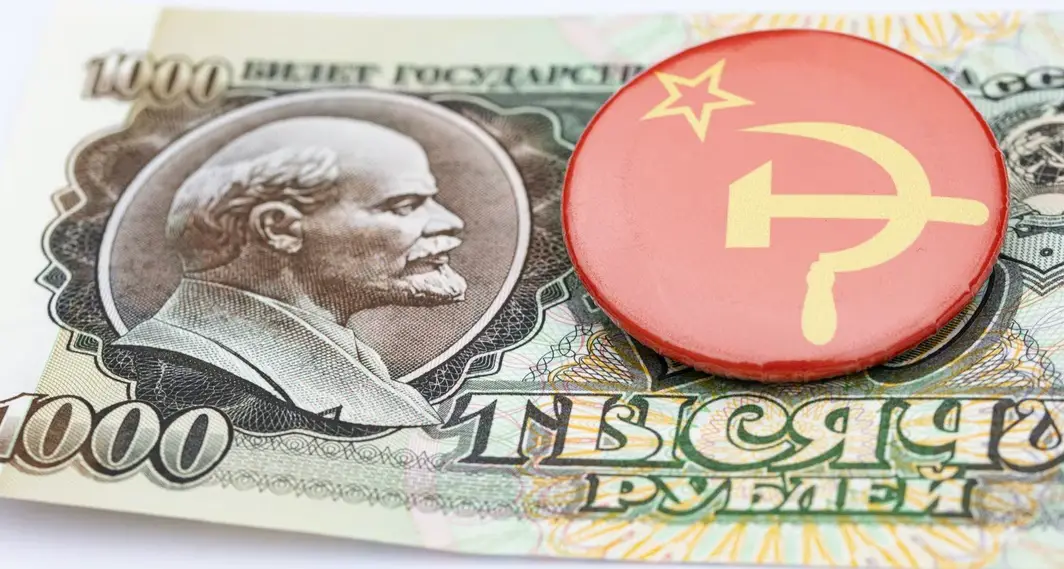Russia is increasingly viewing the rise in the Ruble as an economic threat, and plans to try and contain its rise through interest rate cuts. Initially the rise of the ruble was seen as a measure of Russia’s ability to avoid the consequences of sanctions imposed on it by Western powers.
However as it has grown stronger, it has begun to eat into export-competitiveness and budget revenue on oil and gas sold abroad. President Putin has been said to take a particular interest in the matter of late.
The Ruble has resisted two previous interest rate cuts in April, one being 300 basis points, as well as the easing of capital controls earlier this week. The government has declared an unscheduled interest rate meeting on Thursday, presumably to discuss interest rate cuts. This triggered an immediate decline in the currency’s value, as it lost as much as 6.6% vs the dollar in afternoon trading in Moscow. Most are assuming a big interest rate cut is coming.
Currently at 14%, TD Securities is predicting a cut by 300 basis points, while Oxford Economics predicts a 500 basis point cut. The media forecast by Bloomberg is for a 200 basis point reduction. Tatiana Orlova at Oxford Economics said, “There is no point in calling an emergency meeting and announcing it to the market unless they are thinking of a large cut. I wouldn’t even be surprised at a 700 to 800 basis-point cut.”

